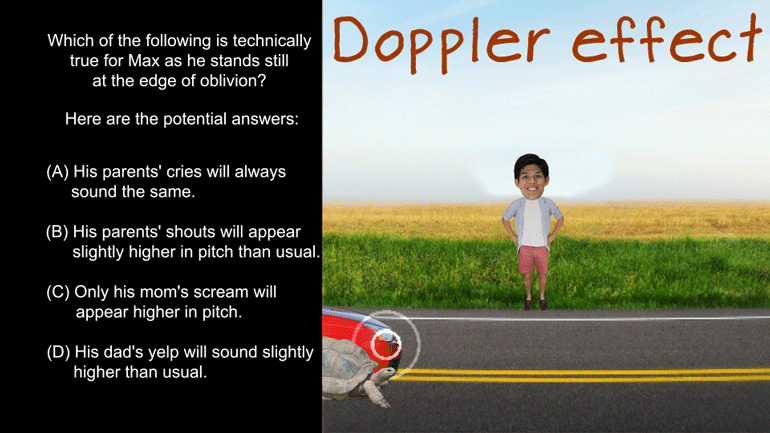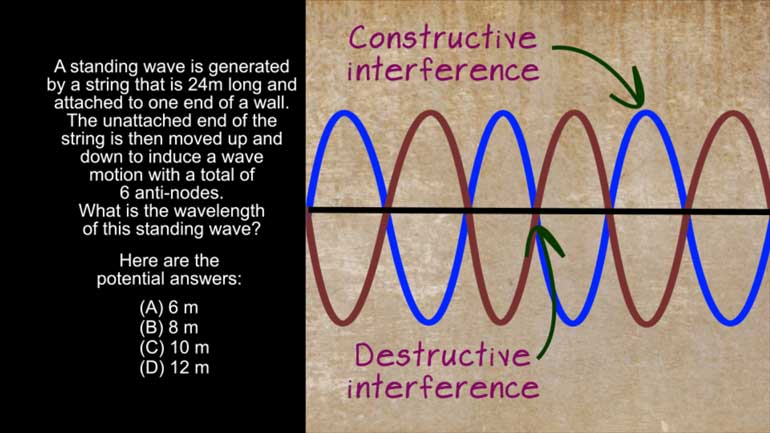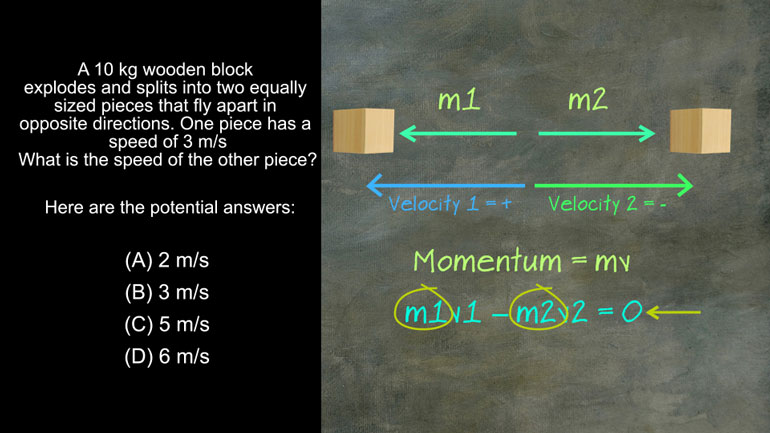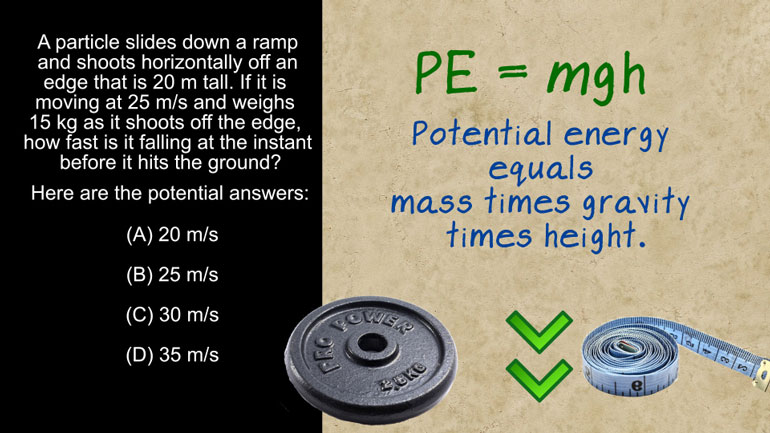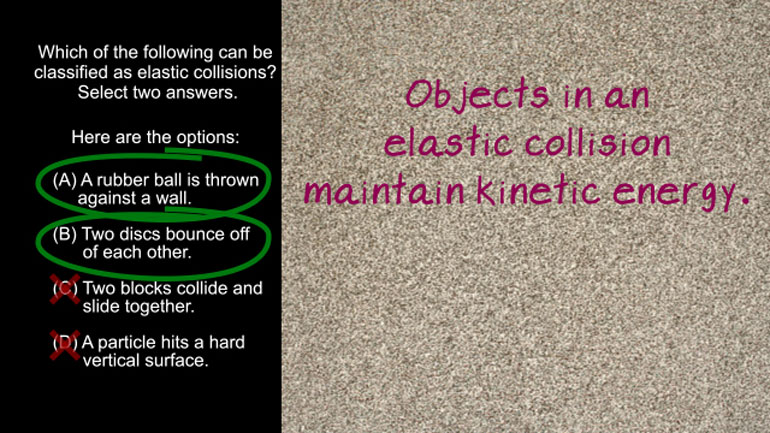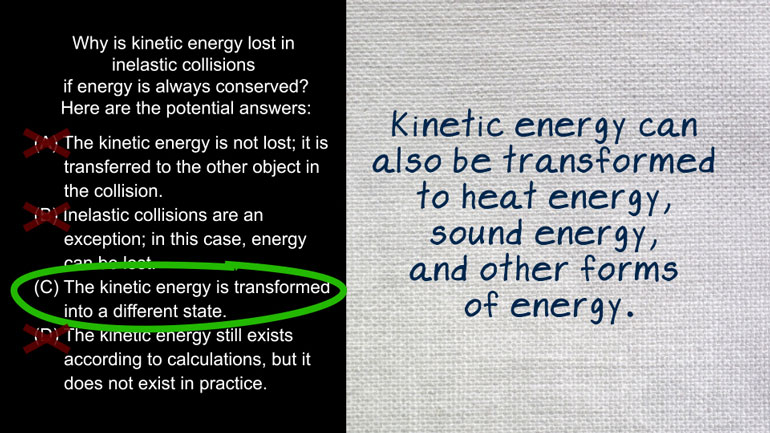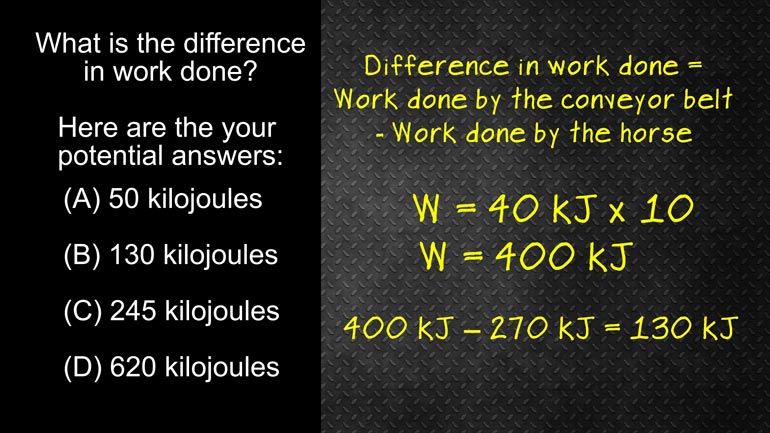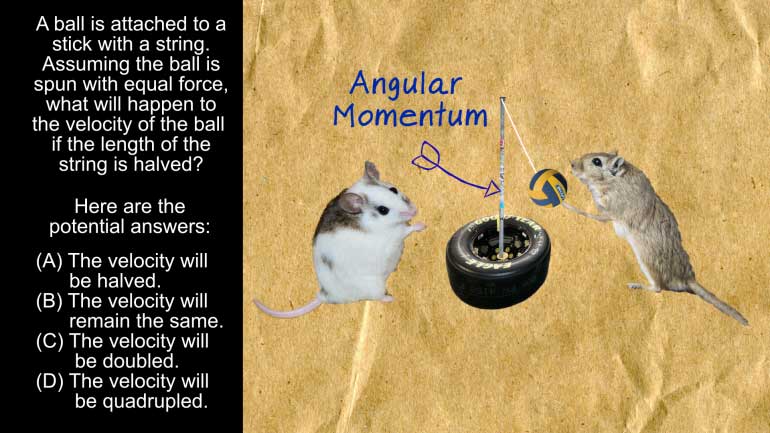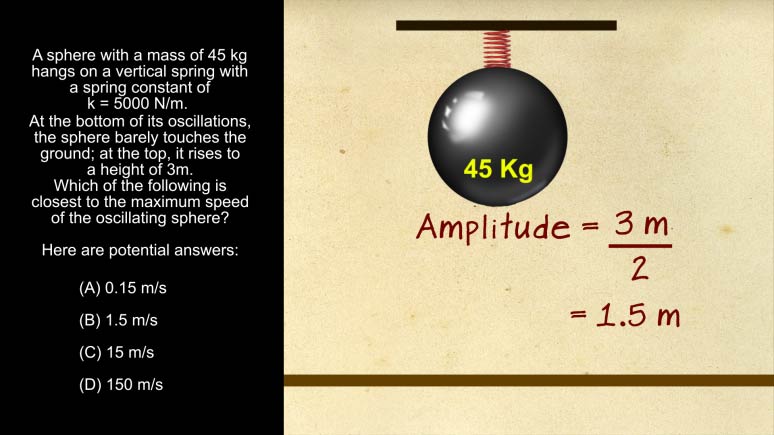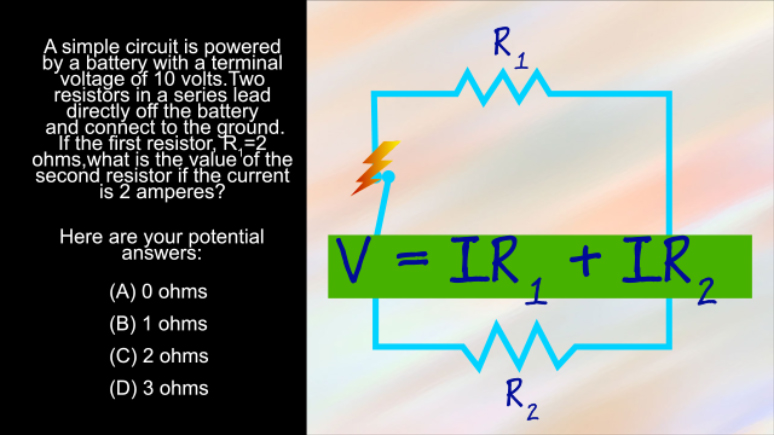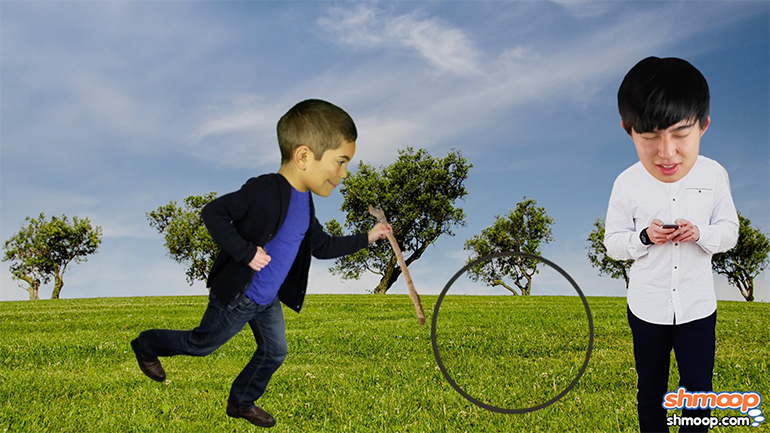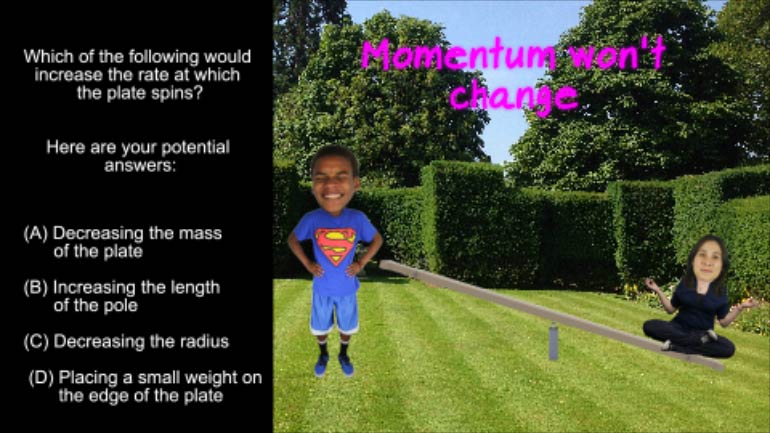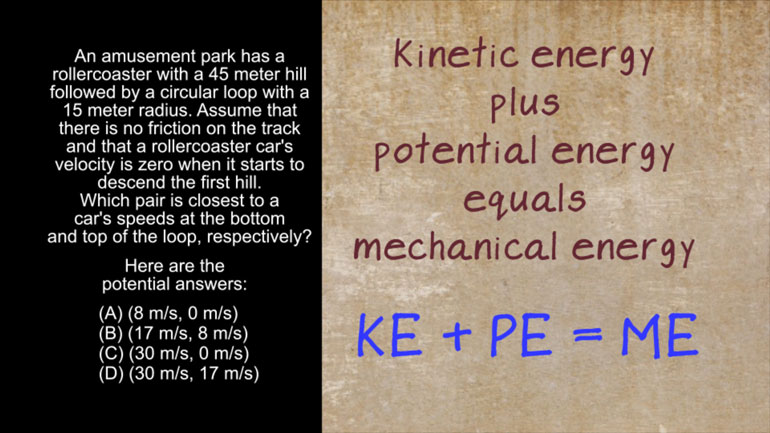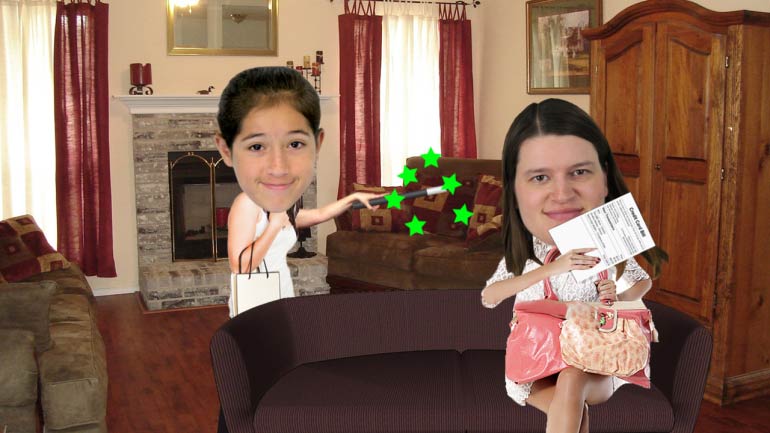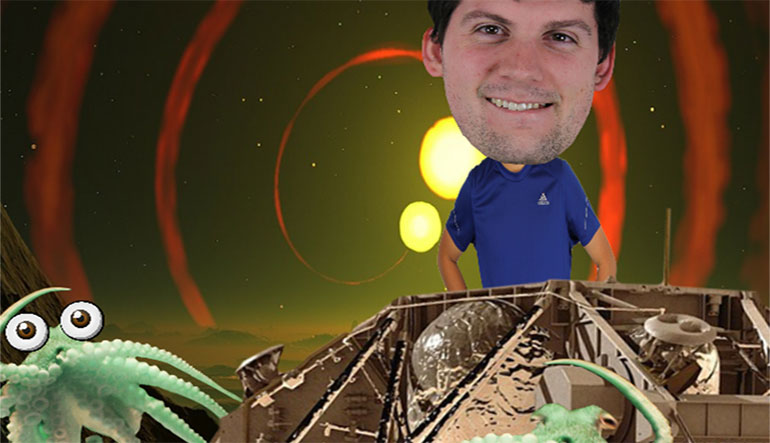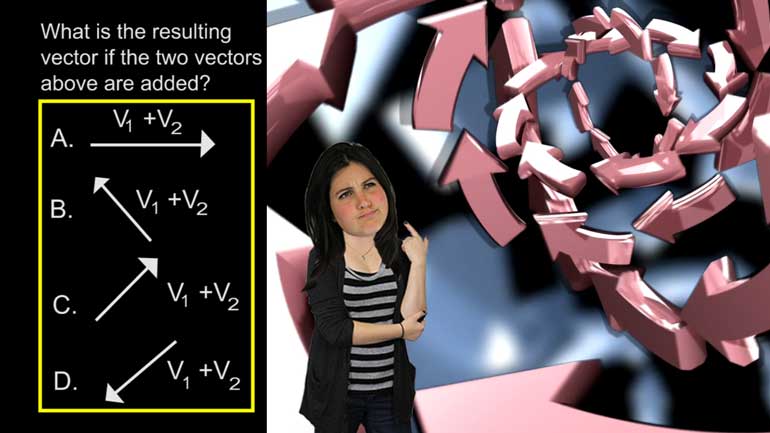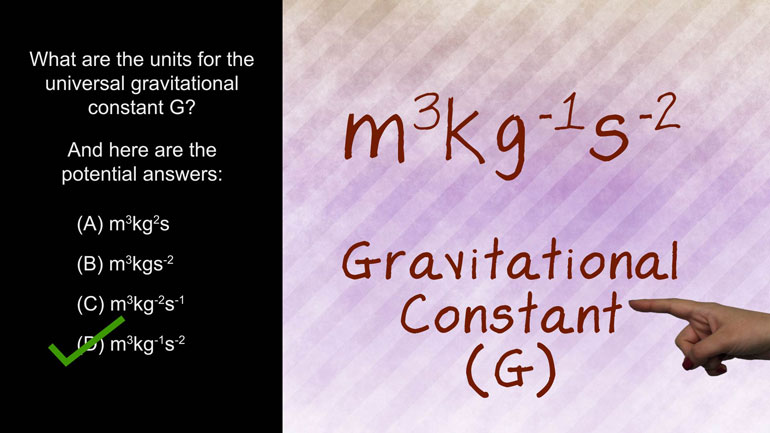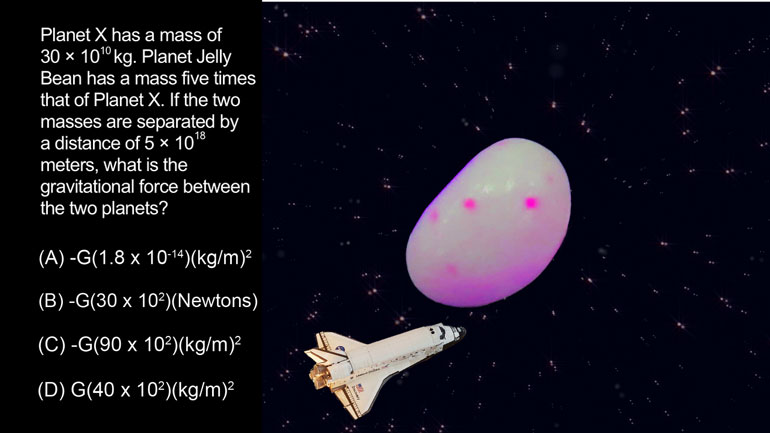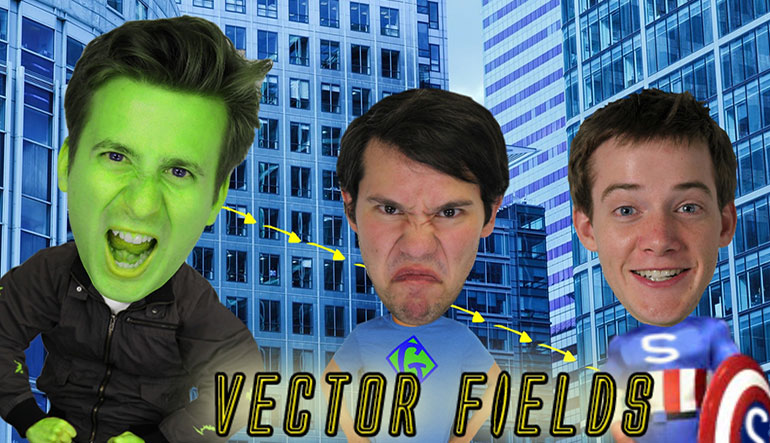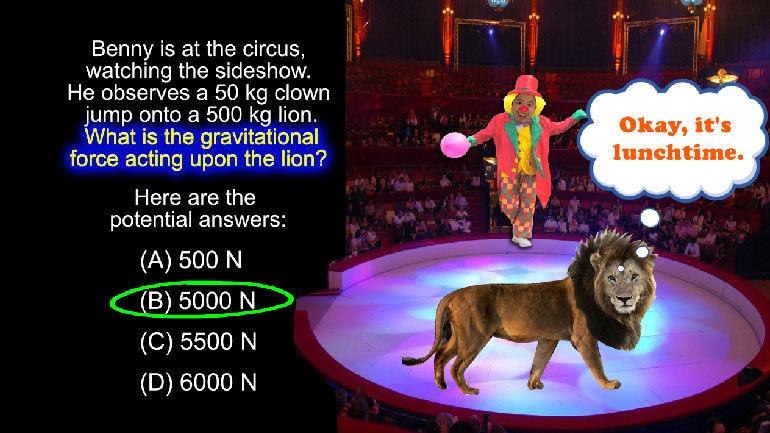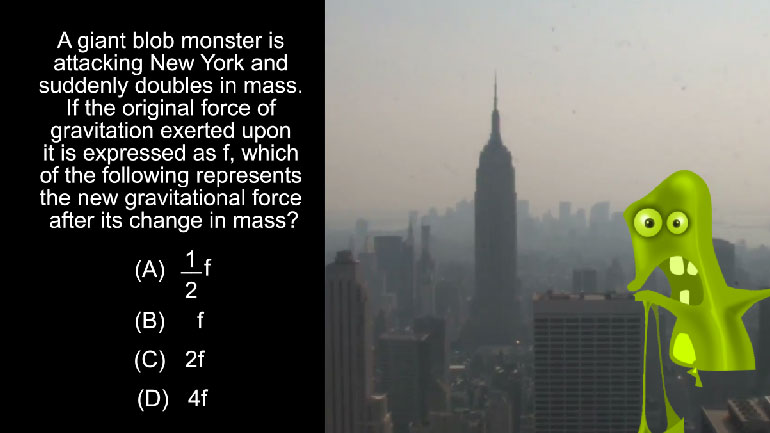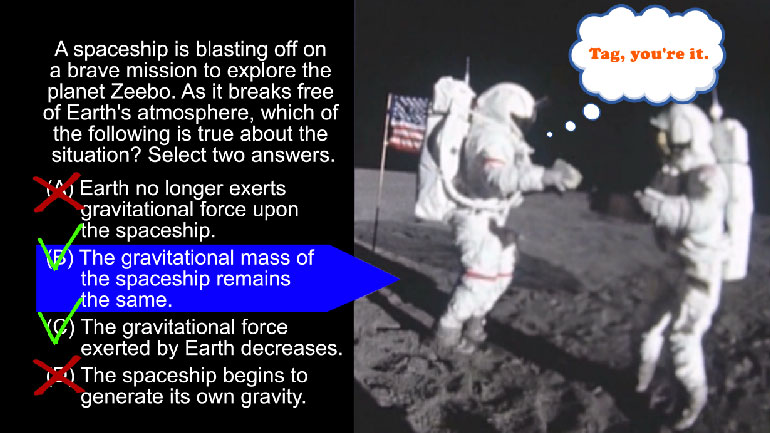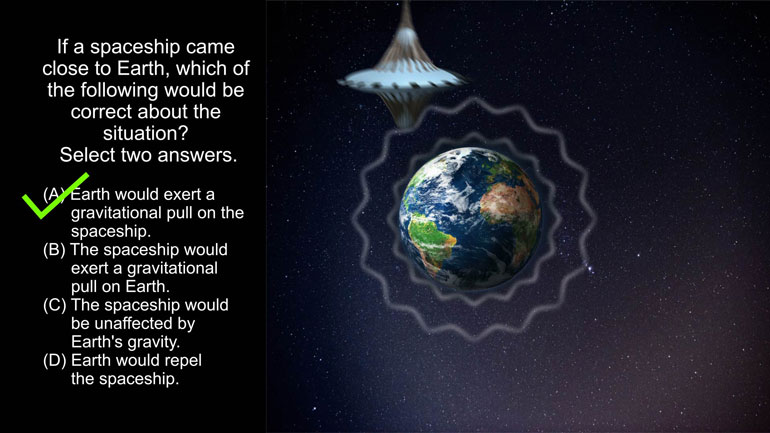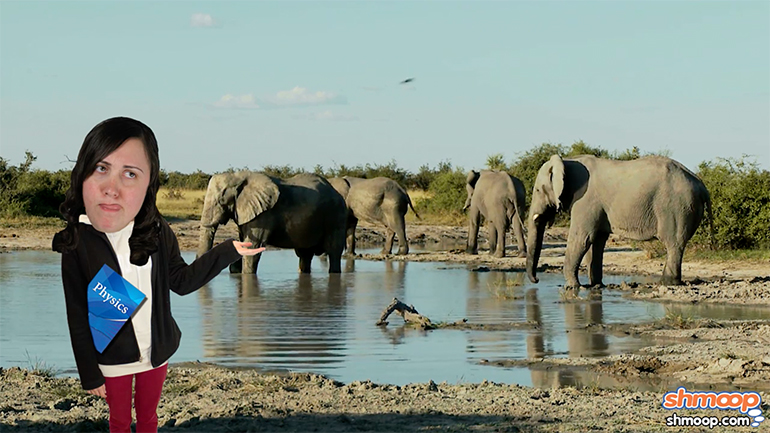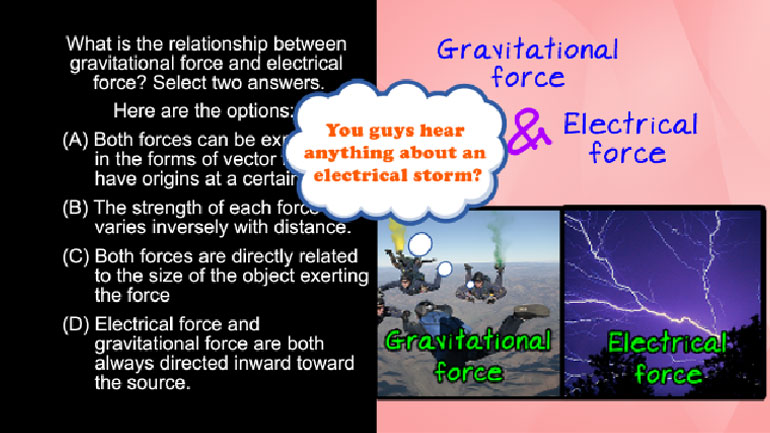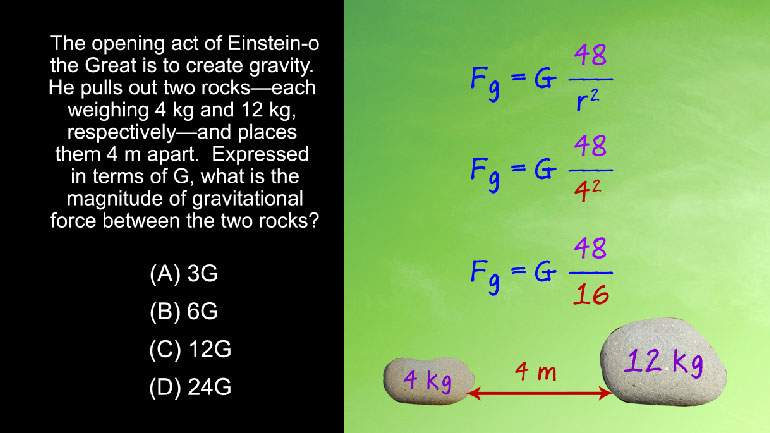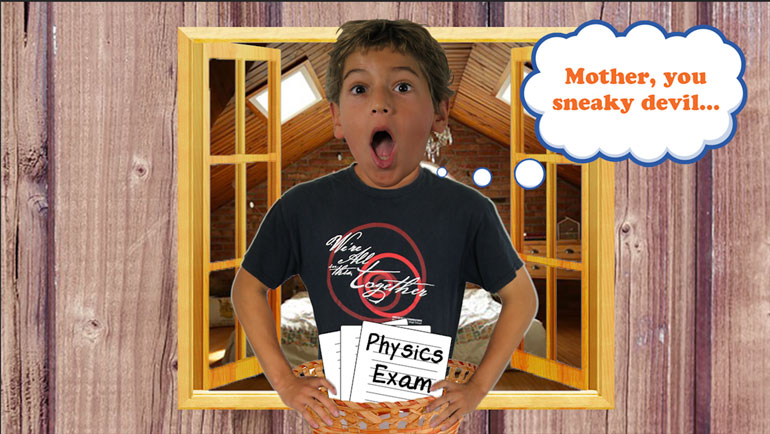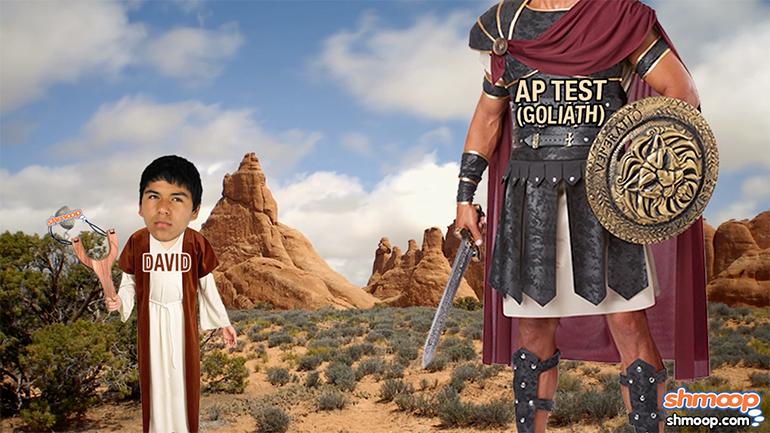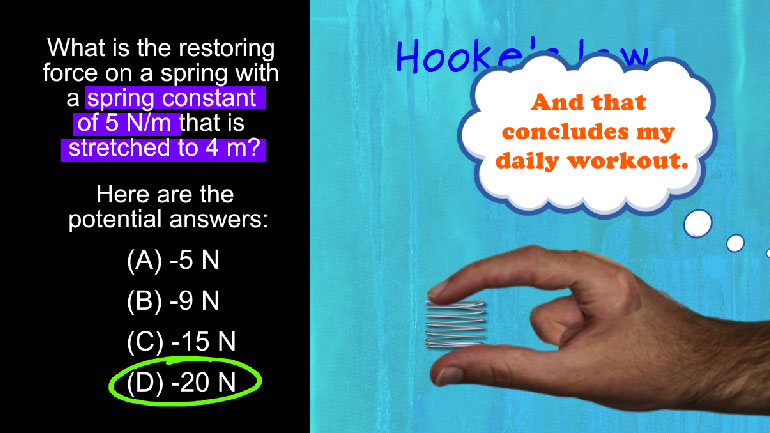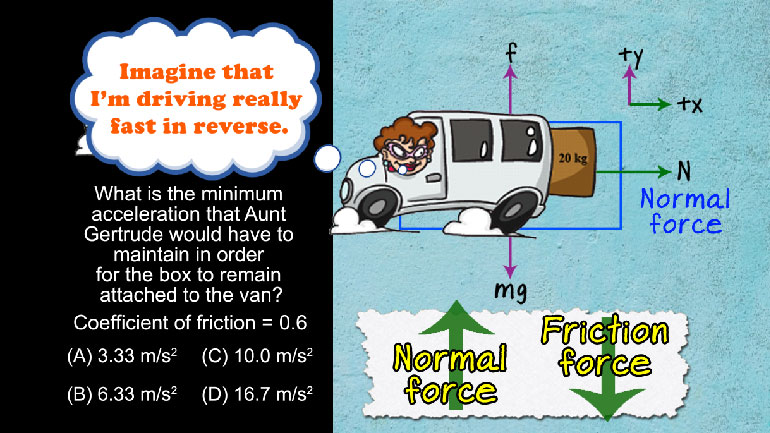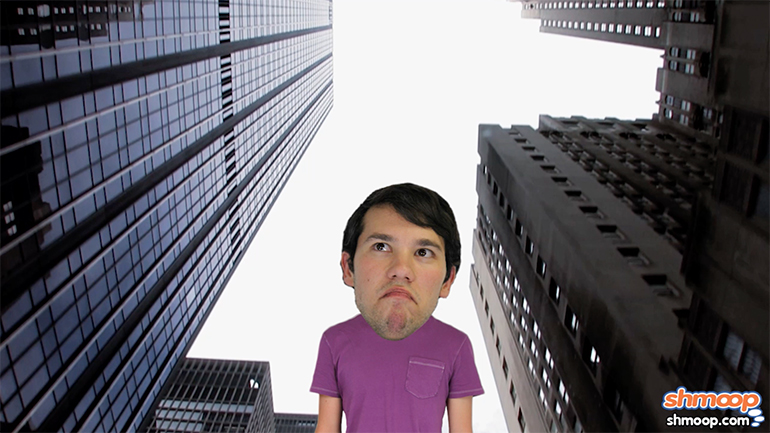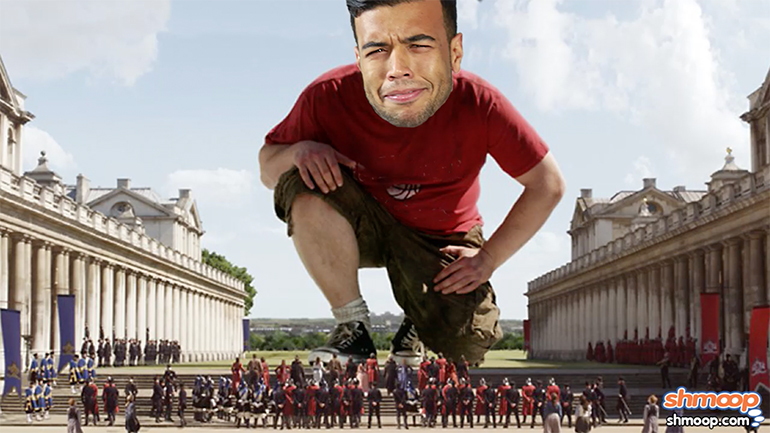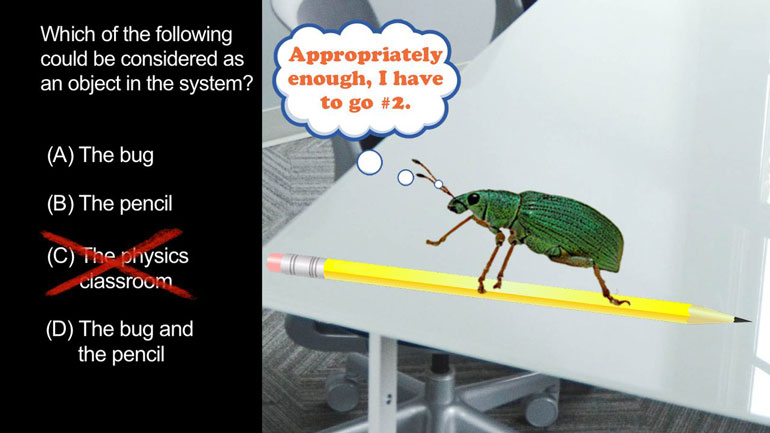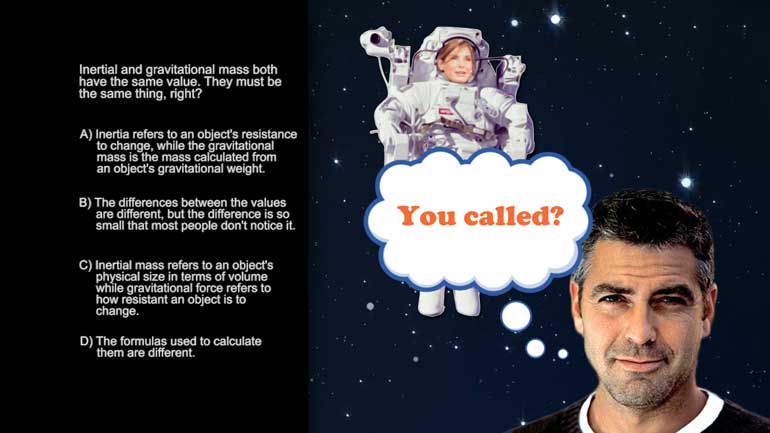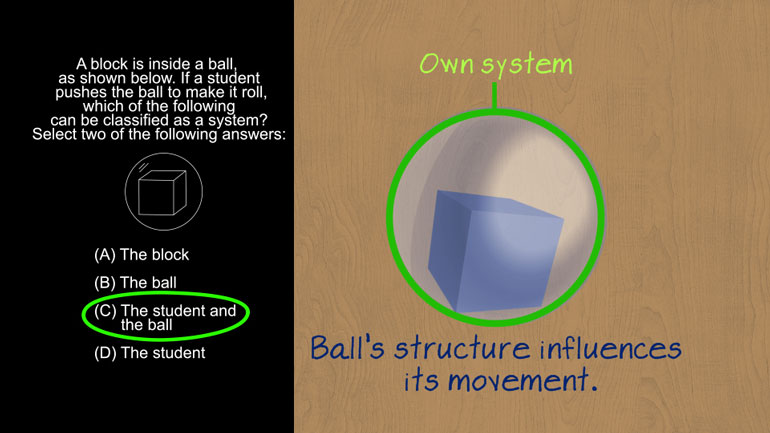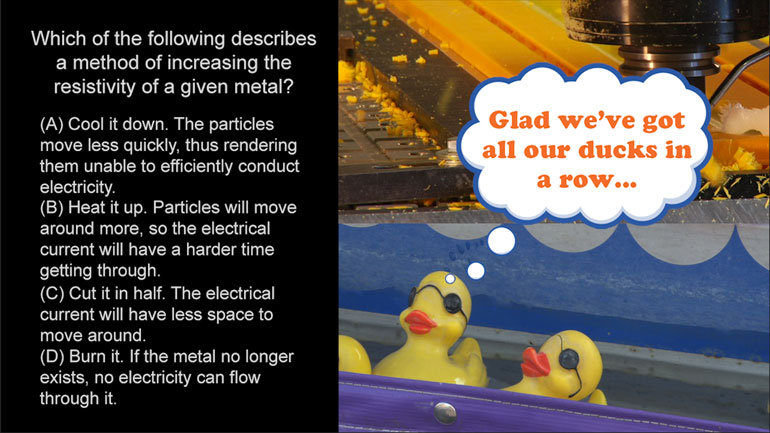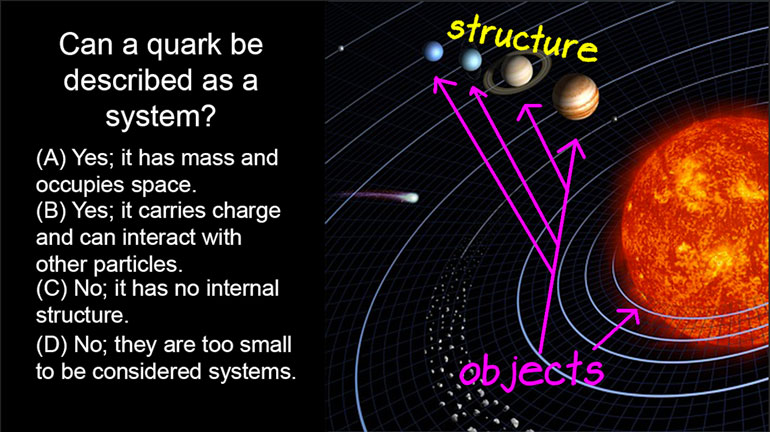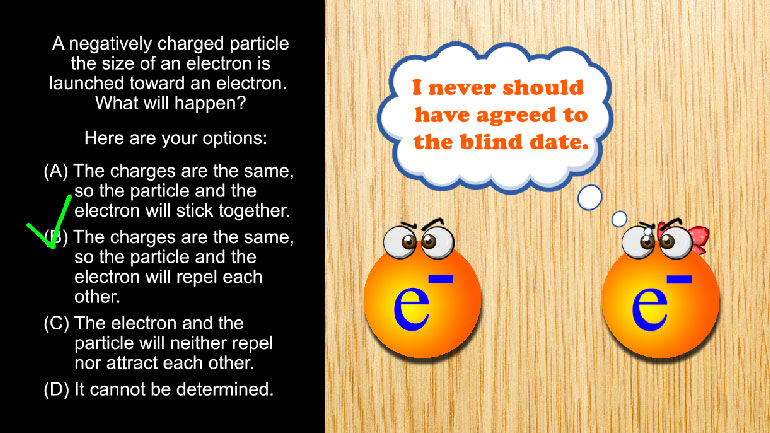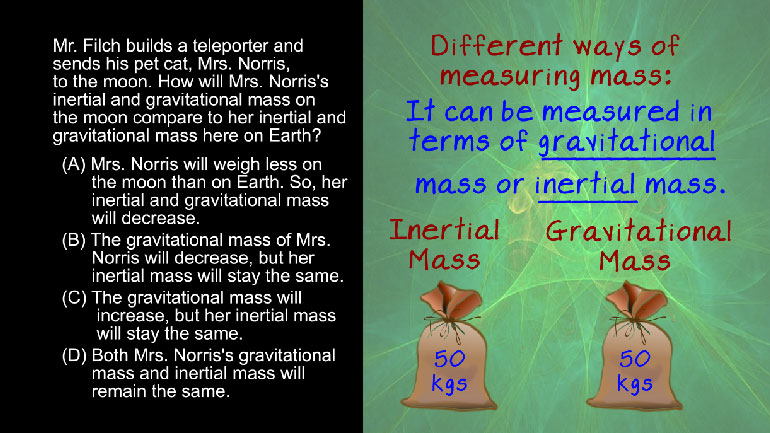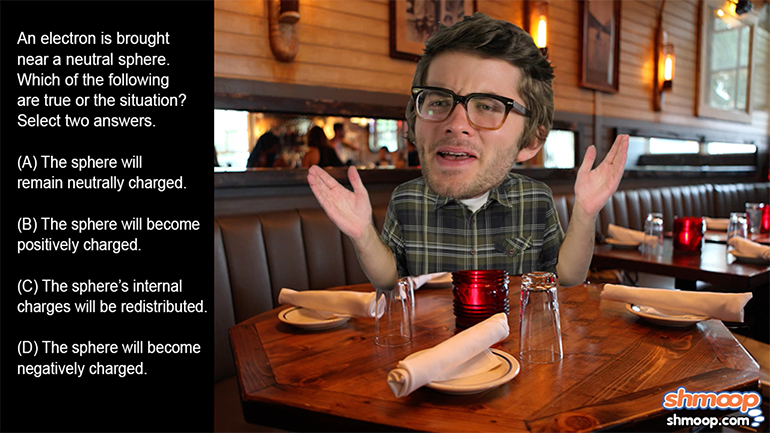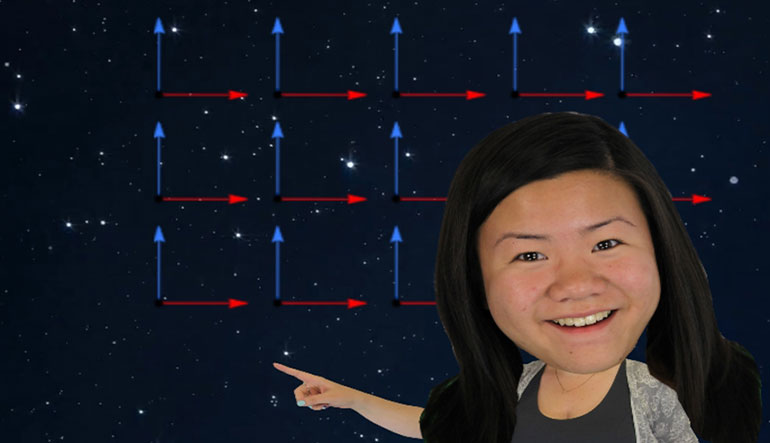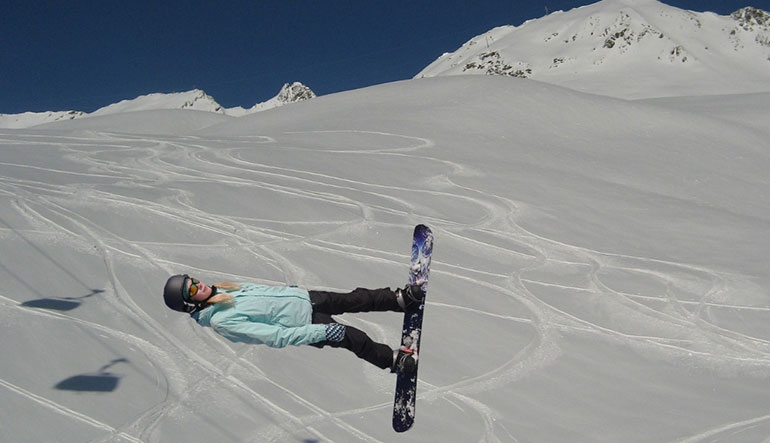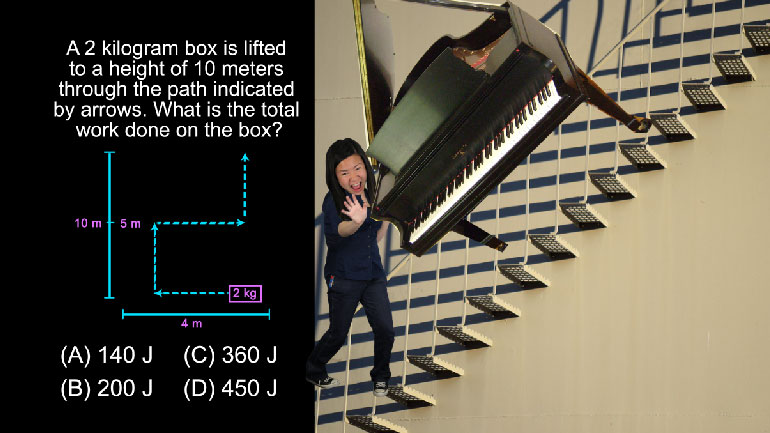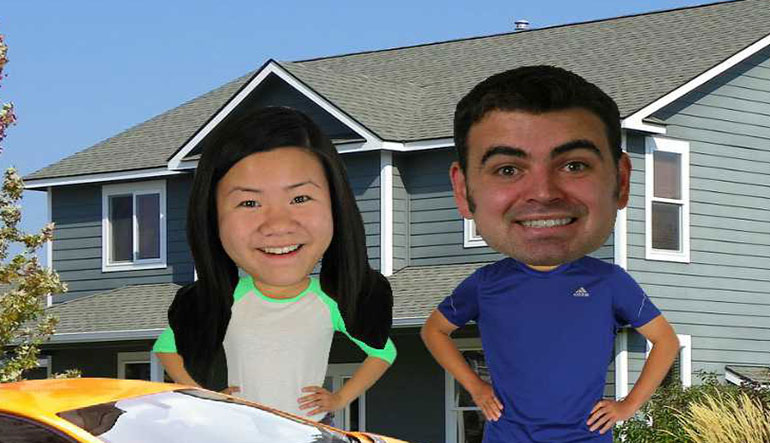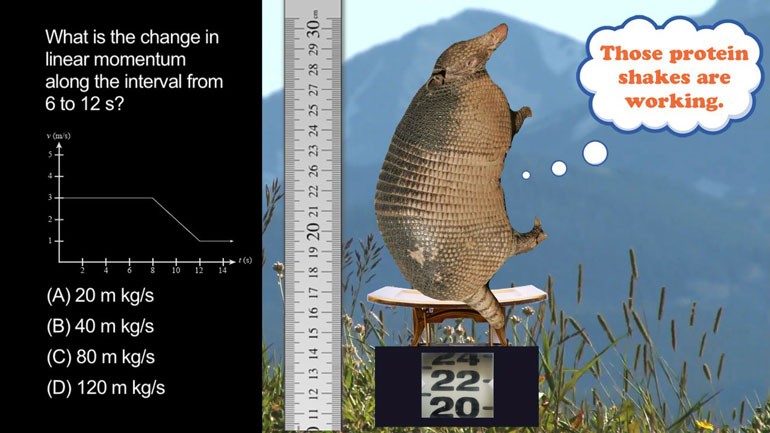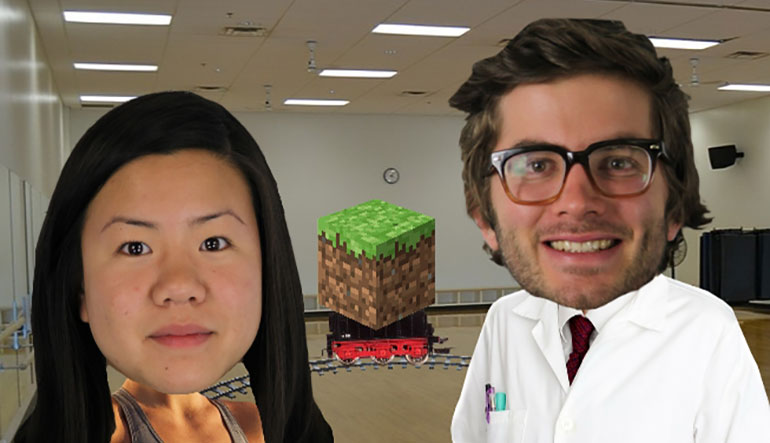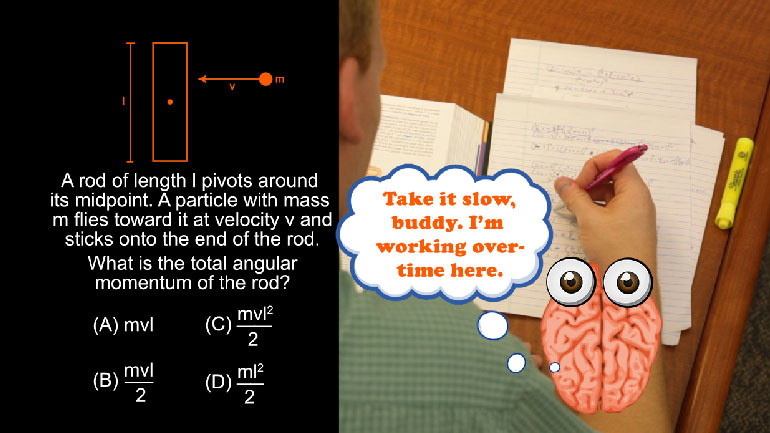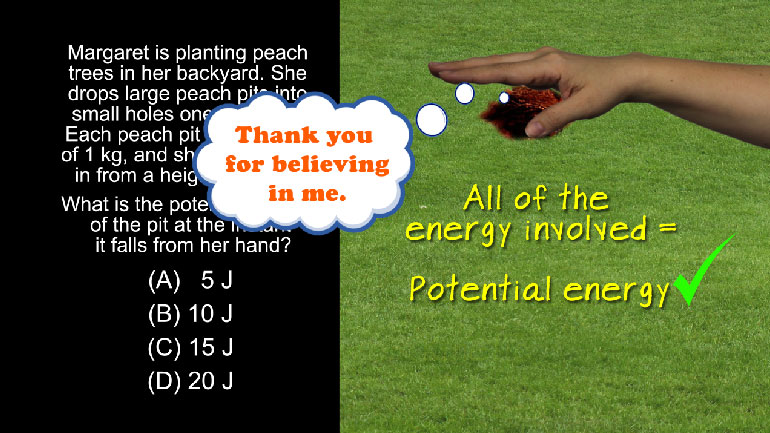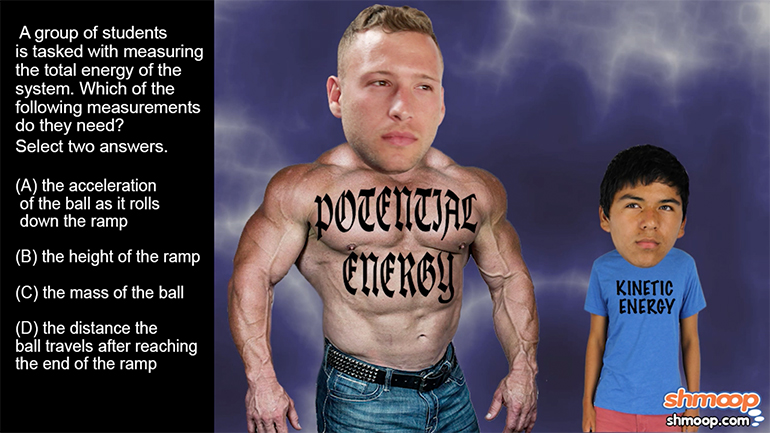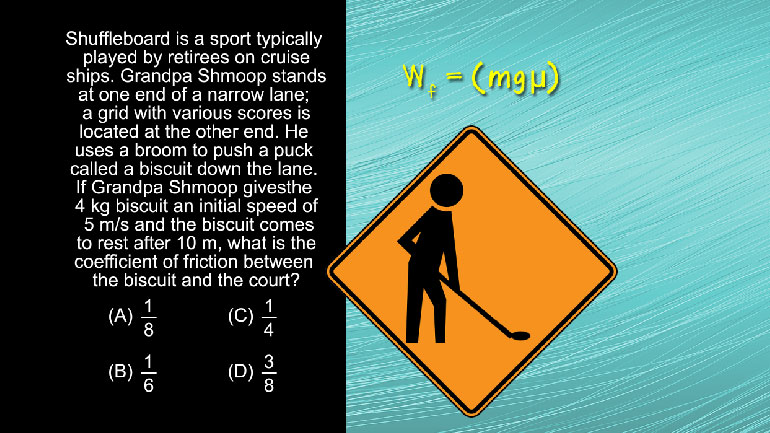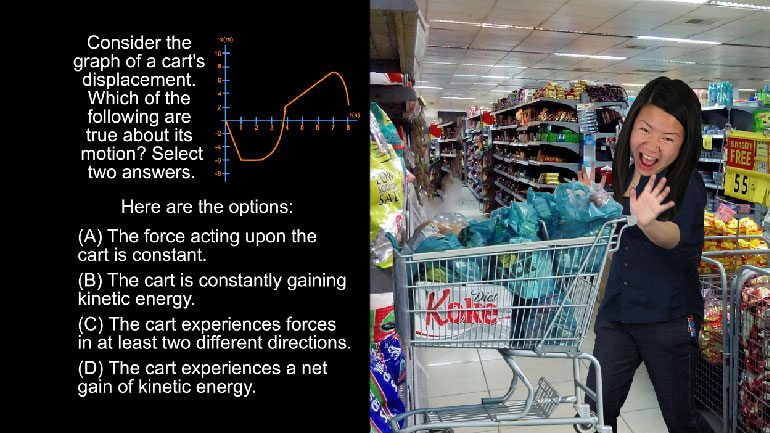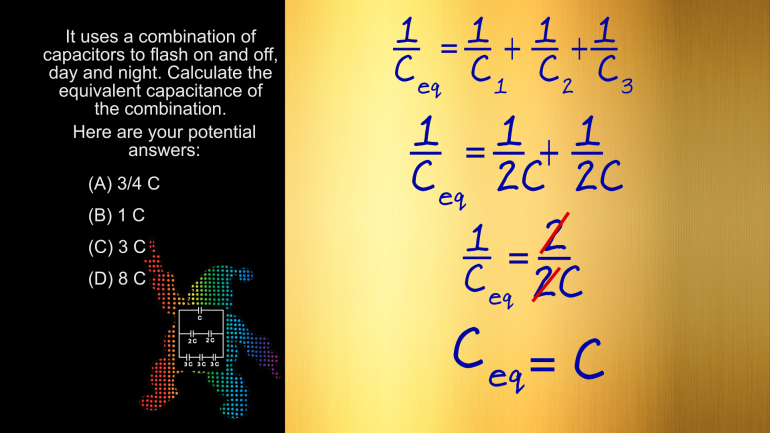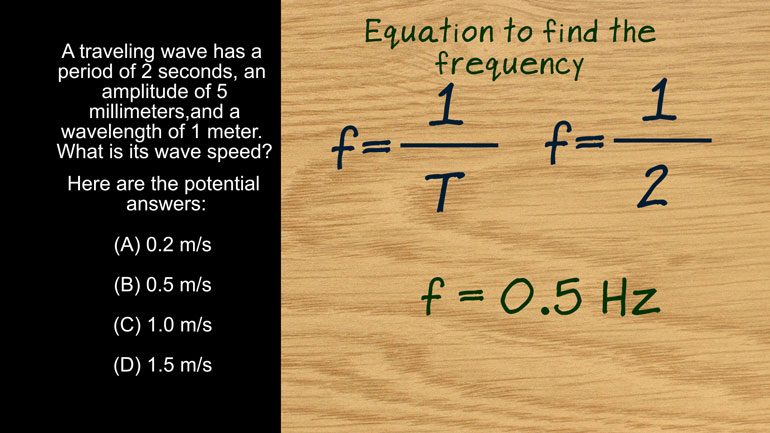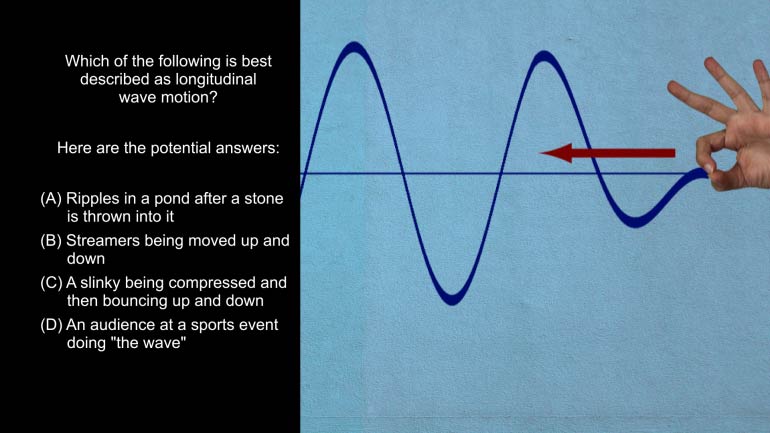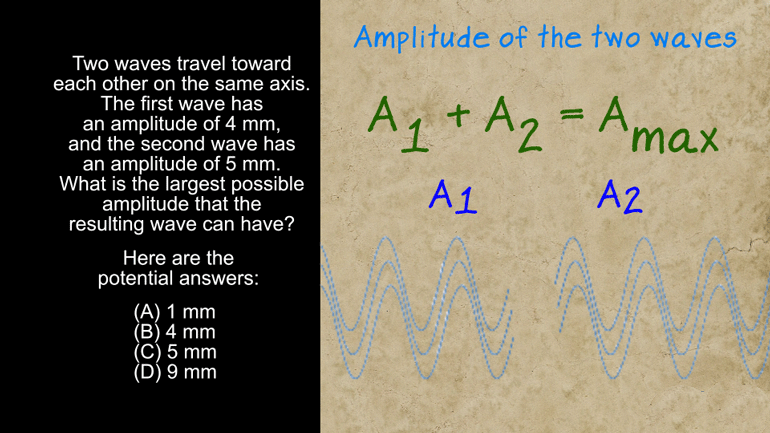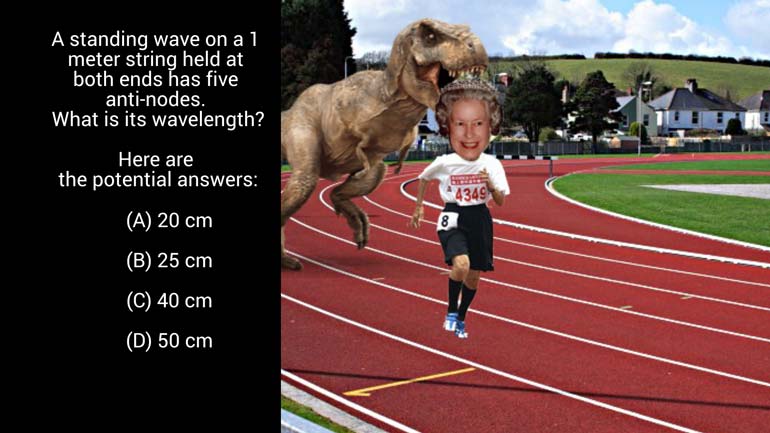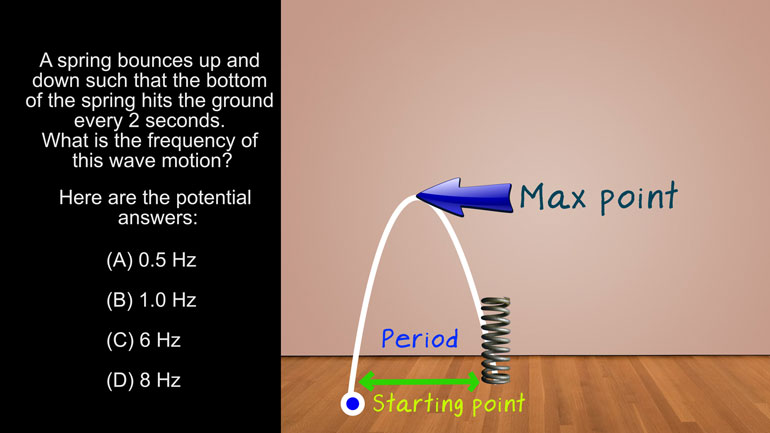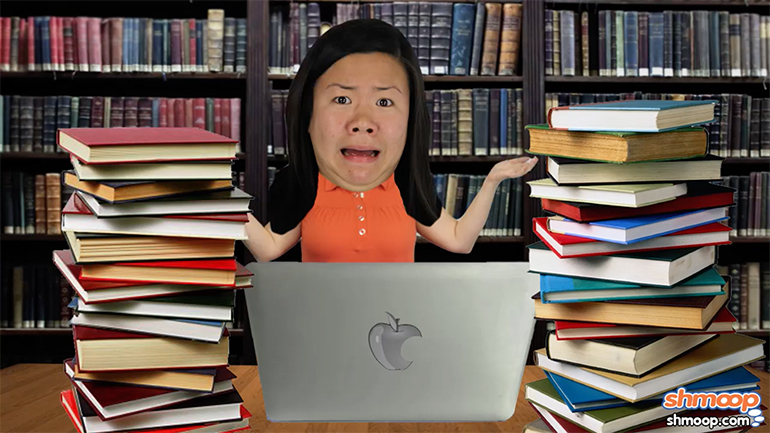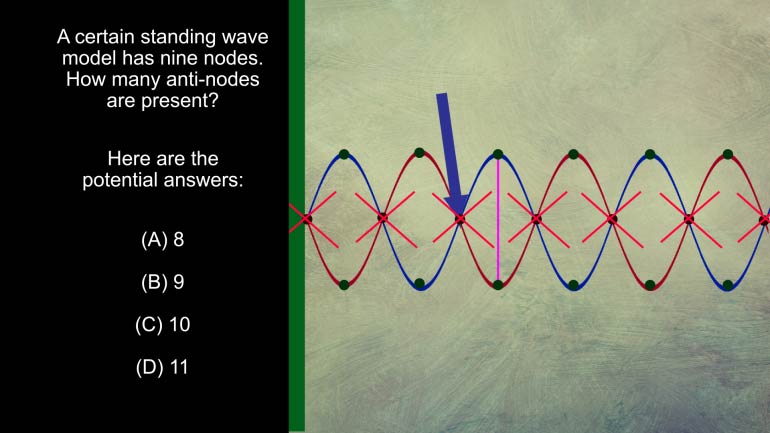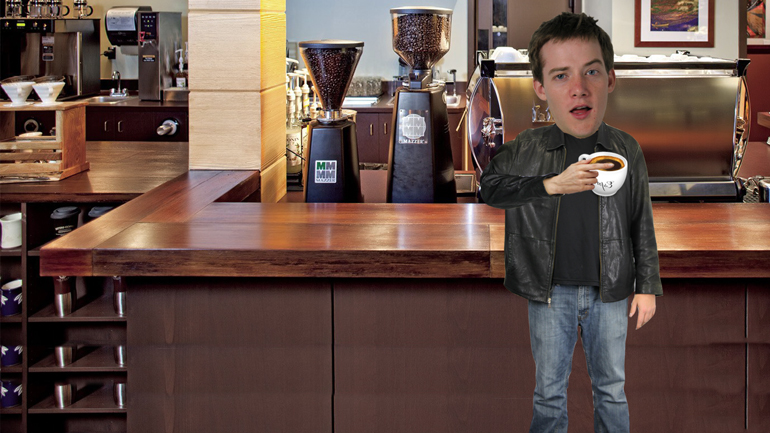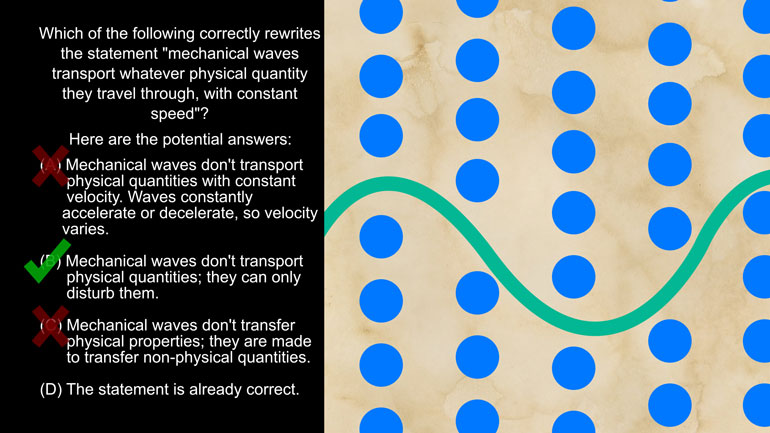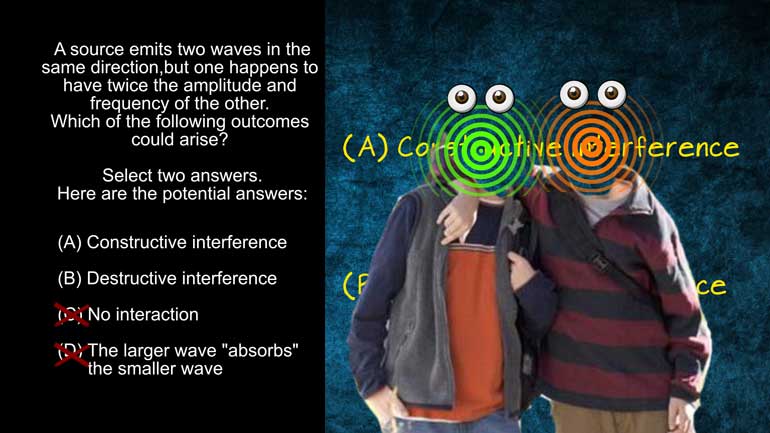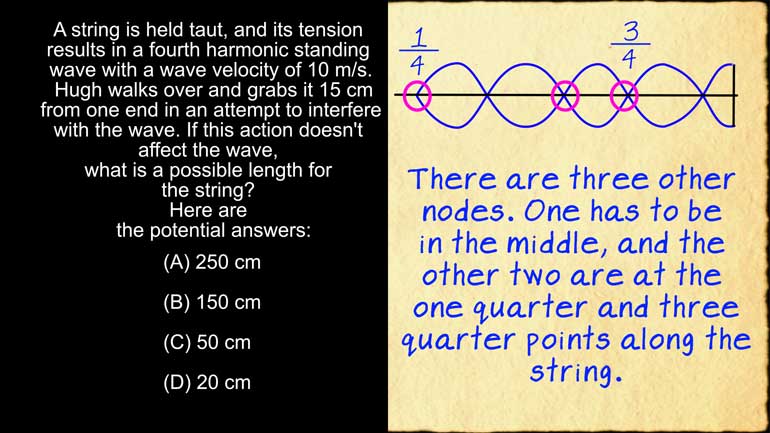ShmoopTube
Where Monty Python meets your 10th grade teacher.
Search Thousands of Shmoop Videos
AP Physics 1 Videos 86 videos
AP Physics 1: 1.4 Waves. Which of the following is technically true for Max as he stands at the edge of oblivion?
AP Physics 1: 1.4 Changes and Conservation Laws. Find the current across R2.
AP Physics 1: 2.4 Changes and Conservation Laws. Which of the following circuits should the students use?
AP Physics 1: 3.4 Properties of Objects and Systems 200 Views
Share It!
Description:
AP Physics 1: 3.4 Properties of Objects and Systems. Which object experiences the greatest acceleration?
Transcript
- 00:03
Here's your Shmoop du jour brought to you by gravity. It's one
- 00:07
of the fundamental forces of the universe and also the force that's most [Woman walking down steps falls overs]
- 00:10
likely to make us look silly in public.. A bowling ball, a feather and a marble are
- 00:16
dropped from a given height within a vacuum chamber. which of those objects
- 00:21
experiences the greatest acceleration? And here are the potential answers
Full Transcript
- 00:26
(Mumbles)
- 00:28
All right, let's imagine what would actually happen
- 00:31
in this situation we'd probably begin climbing to the top of the Empire State [Man climbing up huge staircase]
- 00:36
Building and well on second thought we'd take the elevator (laughs)
- 00:40
Come on we're carrying a bowling ball here people. Plus it's like a bajillion flights of stairs.
- 00:44
Anyway at the top we'd go to the observation deck and pull the bowling
- 00:48
ball the marble and the feather out of the bag, we look around and make sure
- 00:52
there's no security around... don't forget that and then we'd give them a shove.
- 00:56
Now what would happen well the marble and the bowling ball would drop right away, the [Marble and bowling ball have already landed and the feather is floating down]
- 01:01
feather well it won't be going quite so fast. But that's not because gravity is
- 01:05
slower for the feather after all gravity is a constant the reason the feather
- 01:10
falls slower than the bowling ball or the marble is because the feathers shape
- 01:15
and mass make it more susceptible to air resistance like its densities different.
- 01:20
As all of these objects fall gravity is pulling them down and the air is pushing
- 01:25
back against them, but in a vacuum chamber with no air at all, all three of
- 01:30
these things will fall at the exact same rate. Now the bowling ball is definitely [Objects are dropped in a vacuum chamber]
- 01:34
falling with more force which will be obvious when it hits the ground, splat..
- 01:38
But the acceleration they all experience is the same: 9.8 meters per second squared
- 01:43
here on earth that's the acceleration of gravity for feathers, for bowling balls
- 01:48
and for everything else. So the correct answer here is D the acceleration is equal
- 01:53
for all of the objects and we don't have to worry about air resistance in a
- 01:57
vacuum. Oh and please remember that whole dropping things from the top of the [Police have the man in handcuffs]
- 02:02
Empire State Building scenario was just to show how things work, we shouldn't go
- 02:07
around dropping things off of building even if it's for science... [Bowling ball lands on securities head]
Related Videos
AP Physics 1: 2.5 Changes and Conservation Law. At what point(s) in this situation is energy lost in any form?
AP Physics 1: 1.4 Waves. Which of the following is technically true for Max as he stands at the edge of oblivion?
AP Physics 1: 1.4 Changes and Conservation Laws. Find the current across R2.
AP Physics 1: 2.4 Changes and Conservation Laws. Which of the following circuits should the students use?
AP Physics 1: 1.5 Waves. What can possibly occur when the two waves reach each other?
